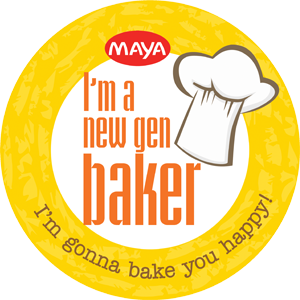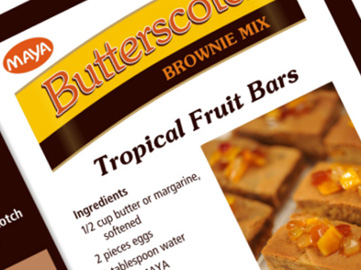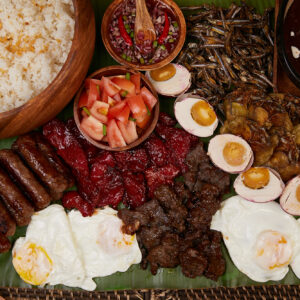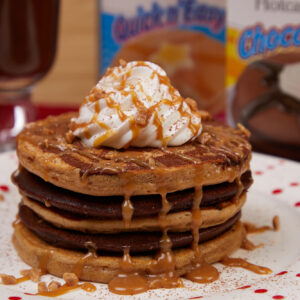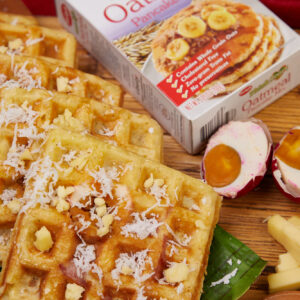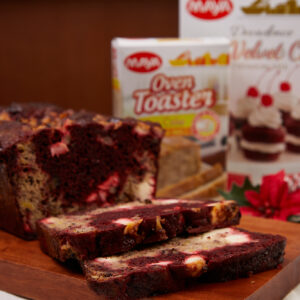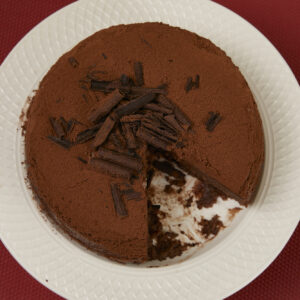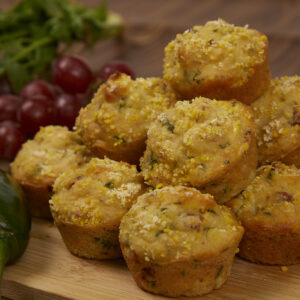Reading a recipe is a fairly simple task. It can also easily go wrong if you do not follow it properly. Here are some guidelines for beginners, to know what to take note of, before starting any baking project.
- Read the Recipe — It sounds fairly obvious, but this is actually something that can be overlooked. Most people just blast through the instructions, and grab what is needed as they go along. However, for a more pleasurable and hassle-free baking experience, know what the recipe is all about.First of all, read the name. It usually gives a description about what you will be making.Next, review the ingredients list and scan through it for anything you may not have, and browse through the instructions for steps you may not understand. Google, if you need to.

- Look at the Picture — Most recipes include a picture or a drawing to show you what the finished product should look like. Do your best to make it look like that.
- Serving Size — This is important to ensure that you make enough for everyone. You woudn’t want to prepare 6 slices of cake for 10 people, right?

- Time — This allows you to plan ahead and know when to prepare, and start baking. If the total prep and baking time is 45 minutes, then to make it in time for dinner at 6:00PM, you should start baking around 5:00 PM.Prep (preparation) Time is the time you spend mixing, beating, sifting, and doing what is needed before the actual baking.Baking time is how long your cake or bread bakes inside the oven.Time it is done is around the amount of time specified, and when the cake looks and feels like it is done. Example: Bake Banana Bread for 30 minutes, or until top is dull. Insert a thin knife into the center. If it comes out clean, it is done. This gives you a pretty good description and estimated time of when your cake should be ready.
- Ingredients — This is a list of all the items you’ll need. Sometimes, it will also include optional ingredients, which can add flavor, or make the recipe a little different. Other times, they do not have a specific measurement; “Add sugar, to taste.” means put as much as your sweet tooth can take. There are also lists which combine ingredients and instructions — “one carrot, chopped and diced” or “one egg, beaten.”

- Directions — The directions tell you the steps you need to follow. “Pre-heating the oven” is an important first step in most recipes. Directions are numbered or written on separate lines to make them easier to understand and follow. Go through them one by one, and sometimes, they come with drawings or pictures which show you how to mix batter, or grease a pan. Again, if you don’t understand something, Google it.

- Measurements — The comma is very important when measuring. Instructions after a comma are to be done after the ingredient is measured. “1 cup of chopped cashew nuts” is not the same as “1 cup of cashew nuts, chopped.”
- Serving Suggestions — Suggestions of other food items, or drinks to serve alongside the dish you made, are there to put more yummy in your tummy. They can be completely ignored, nonetheless.

Remember, the recipe is there to make sure your brownies or cupcakes come out perfectly. If for whatever reason, they taste less than awesome, then you’ll just have to try again tomorrow. Good luck and happy baking!
